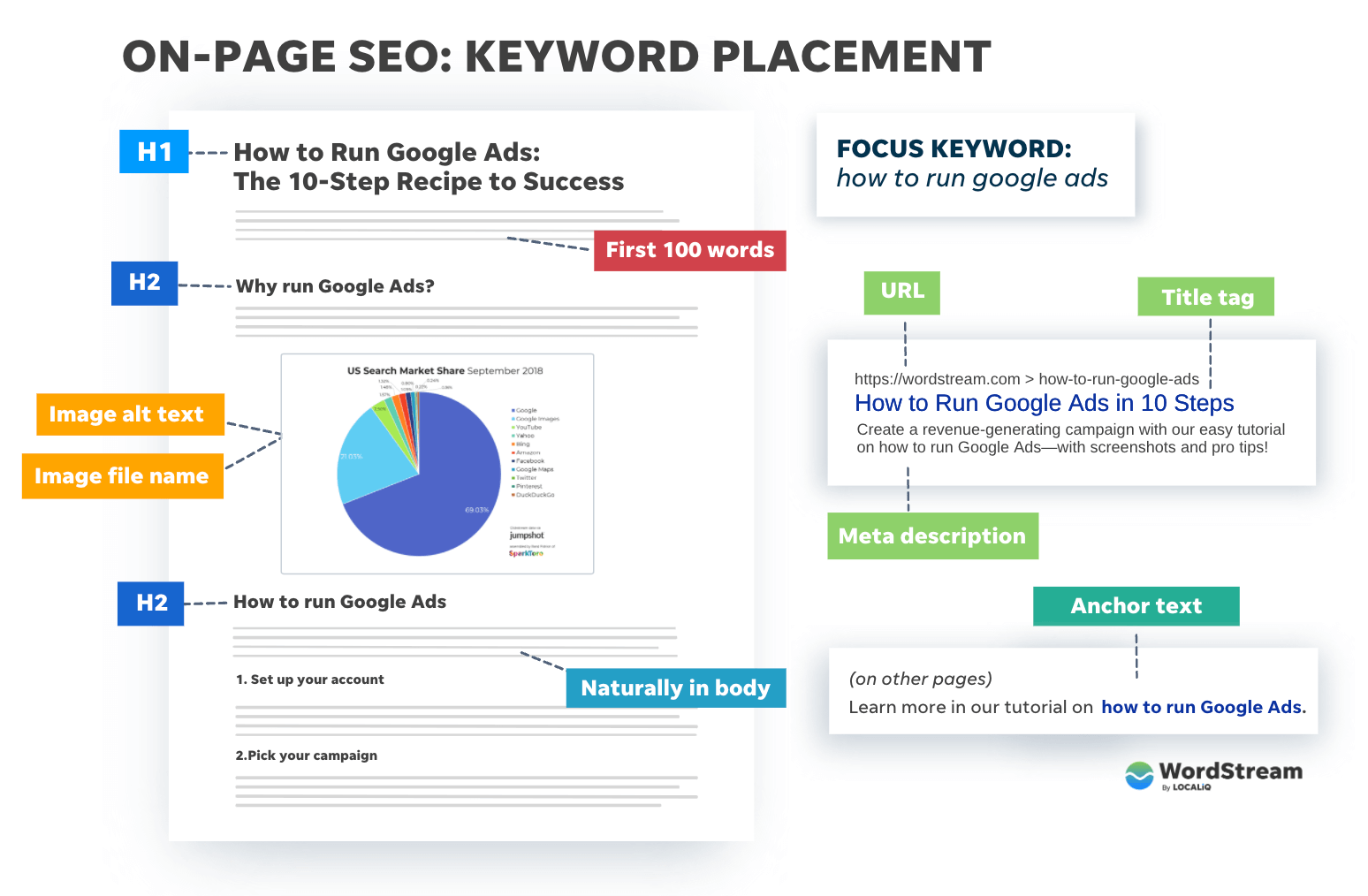Optimizing Your Data Interpretation With Second Measurement in Google Analytics for Informed Decision-Making
Google Analytics, an effective device in the hands of electronic marketers and analysts, provides a feature recognized as Second Dimension. By tapping into the abilities of Additional Measurement, individuals can get a more detailed sight of their information, enabling them to make calculated decisions based on an extra nuanced and detailed evaluation.
Comprehending Secondary Dimension Capability
Comprehending the additional dimension performance in Google Analytics enhances the deepness of information evaluation by providing added context to key metrics. By integrating a secondary dimension, analysts can sector and compare data, gaining insights that would or else stay surprise. This function permits users to watch information through different lenses, such as the source of traffic, customer behavior, or geographic area, using an extra comprehensive understanding of internet site performance.
When looking exclusively at main metrics,Making use of second dimensions can reveal patterns and correlations that may not be obvious. Coupling the primary metric of web page sights with an additional dimension like device group can uncover whether certain devices drive more website traffic to particular pages. This details can then educate site optimization approaches customized to various gadget customers.
Applying Additional Measurement in Records
Building upon the understandings acquired through additional dimension analysis, integrating these measurements effectively into records in Google Analytics is crucial for extracting actionable data-driven decisions. what is a secondary dimension in google analytics. By applying additional measurements in reports, customers can delve deeper right into the efficiency metrics of their internet site or app. This attribute permits an extra detailed evaluation by giving extra context to the key measurement chosen
To carry out a second measurement in reports, just navigate to the wanted record in Google Analytics and click the "Additional dimension" tab located over the information table. From there, users can pick from a wide variety of second measurements such as 'Source/Medium', 'Tool Category', or 'Touchdown Web page'. Choosing one of the most relevant additional dimension will depend upon the certain insights you are seeking to discover.
Using additional dimensions in reports not only enhances the deepness of evaluation however likewise aids in identifying fads, patterns, and relationships that might have otherwise gone undetected. This strategic technique to data interpretation allows organizations to make educated decisions that drive growth and success.

Studying Data With Second Measurements
Upon incorporating second dimensions right into information analysis within Google Analytics, an in-depth assessment of vital efficiency indications can be accomplished, providing useful insights for critical decision-making. By making use of second dimensions, analysts can additionally dissect their main data measurements, such as website traffic sources or user demographics, to uncover patterns or trends that might not be promptly evident. This much deeper level of analysis enables an extra detailed understanding of individual behavior and interactions on an internet site or electronic system.
Examining information with second measurements read this makes it possible for marketers and web site owners to answer even more particular inquiries concerning their target market, material efficiency, and advertising initiatives. By integrating the main measurement of website traffic resources with a secondary dimension like geographical location, businesses can identify which areas drive the most beneficial web traffic to their site. This kind of granular understanding can notify marketing methods, material development, read the full info here and web site optimization initiatives to much better satisfy the needs and choices of their target audience.
Leveraging Secondary Measurements for Insights
By integrating second measurements efficiently, analysts can draw out much deeper understandings from data collections in Google Analytics, boosting the understanding of user behavior and performance metrics. Leveraging second dimensions involves integrating different features or metrics with primary information to uncover patterns and patterns that may not appear initially glance. As an example, by including a secondary measurement such as 'Tool Classification' to a report on site traffic, analysts can discern whether user actions differs across different tools like desktop computers, mobile phones, or tablets.
In addition, making use of additional measurements permits analysts to segment data more granularly, allowing them to recognize particular target market sections or geographical areas that exhibit distinctive behaviors. what is a secondary dimension in google analytics. This division can be critical in customizing marketing methods, maximizing website web content, or improving individual experience based on the distinct features of each segment
Fundamentally, leveraging secondary measurements in Google Analytics empowers analysts to delve much deeper right into information, acquire significant insights, and make notified decisions that drive service growth and success.
Enhancing Decision-Making Via Secondary Dimensions
Using secondary dimensions in information evaluation supplies a tactical advantage by revealing workable insights that drive notified decision-making in Google Analytics. By improving decision-making with secondary measurements, individuals can dive much deeper into their data to remove important details that might not be right away obvious. These added measurements use a more comprehensive view of individual habits, interactions, and outcomes, enabling analysts to make more informed decisions based upon concrete data.
With the application of additional dimensions, analysts can sector and filter information to determine patterns, fads, and connections that might affect decision-making processes. This enhanced level of granularity enables a much more targeted pop over to these guys approach to evaluating information, leading to more informative and precise verdicts.
Furthermore, second dimensions offer the chance to compare different data points side by side, facilitating a more comprehensive assessment of efficiency metrics and KPIs. By leveraging secondary measurements efficiently, businesses can maximize their techniques, boost user experiences, and eventually achieve their objectives with self-confidence.
Verdict

Building upon the understandings acquired through secondary dimension analysis, including these measurements efficiently into records in Google Analytics is crucial for removing actionable data-driven choices.To apply an additional dimension in records, simply browse to the wanted record in Google Analytics and click on the "Secondary dimension" tab located over the data table. By using secondary dimensions, experts can further study their key information dimensions, such as web traffic sources or individual demographics, to discover patterns or trends that might not be instantly apparent. By integrating the main measurement of traffic sources with an additional measurement like geographical place, businesses can determine which regions drive the most valuable web traffic to their site.By incorporating secondary dimensions properly, experts can remove much deeper insights from information sets in Google Analytics, improving the understanding of individual actions and performance metrics.